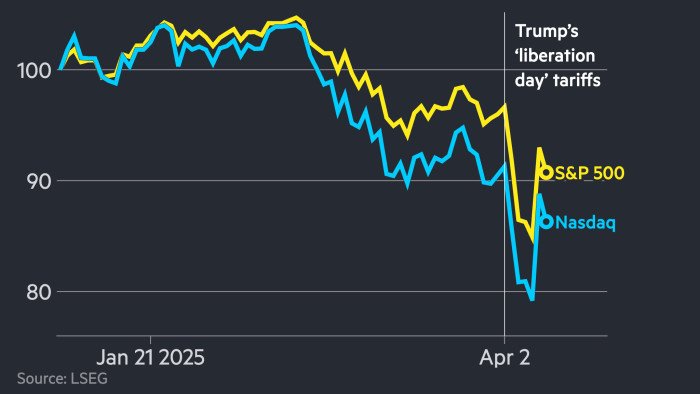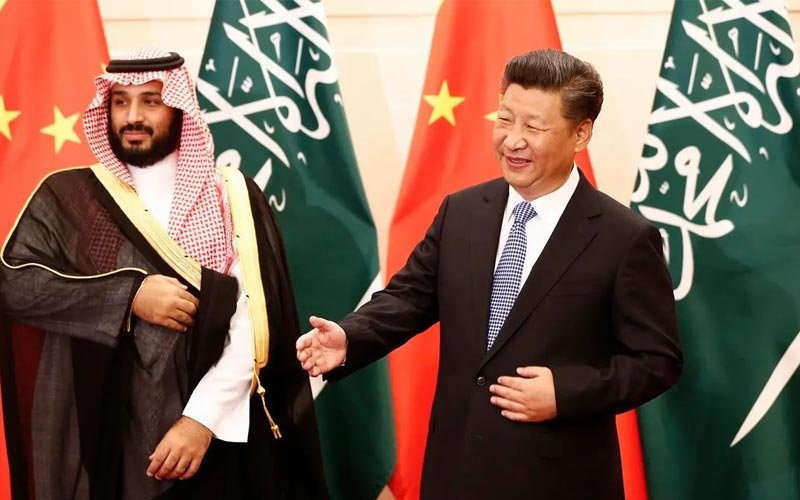hina’s yuan on Thursday fell to its lowest value against the US dollar since the global financial crisis, with the central bank cutting guidance for the sixth successive trading session against a backdrop of intensifying Sino-US trade tension.
The country has imposed steep tariffs on US imports in response to similar US action. Though US President Donald Trump said he would temporarily lower duties recently imposed on dozens of countries, he increased those on China goods.
“The US and China are currently in a power play game of brinkmanship,” said ING global head of markets Chris Turner.
“Until a deal is announced or a big, bilateral meeting confirmed, USD/CNY will now be the focal attention of the FX market.”
A weaker yuan would make Chinese exports cheaper and alleviate tariff impact on the economy. However a sharp decline could increase unwanted capital outflow pressure and risk financial stability, analysts and economists said.
The central bank will not allow sharp yuan declines and has instructed major state-owned lenders to reduce dollar purchases, people with knowledge of the matter told Reuters.
The onshore yuan slipped to 7.3518 a dollar in early trade, its weakest since Dec. 26, 2007. It has lost about 1.2 percent this month and was last down 0.03 percent at 7.3464 as of 0313 GMT.
Its offshore counterpart was at 7.3592 at 0313 GMT, down 0.17 percent. It hit an all-time low of 7.4288 on Tuesday.
Prior to market open, the People’s Bank of China set the midpoint – around which it allows the yuan to trade in a 2 percent band – at 7.2092, the weakest since Sept. 11, 2023. That compared with the 7.3484 Reuters estimate.
The central bank has been lowering the midpoint at a measured pace, with Thursday’s cut contributing to the day’s decline, traders said.
The PBOC loosened its grip on the yuan this week by allowing the currency to weaken past 7.2.
Still, its guidance is stronger than market projections in what traders and analysts interpreted as an attempt to keep the yuan steady.
The bank is focusing on a steady yuan even as the trade war challenges the competitiveness of China’s export sector, indicating that stability remains the priority.
“A modest, gradual depreciation of the yuan is still the preference,” Societe Generale economists said in a client note.
China will only allow gradual depreciation as stability matters for confidence in Chinese assets, and the tariffs are “just too big to be offset by FX depreciation,” they said.







